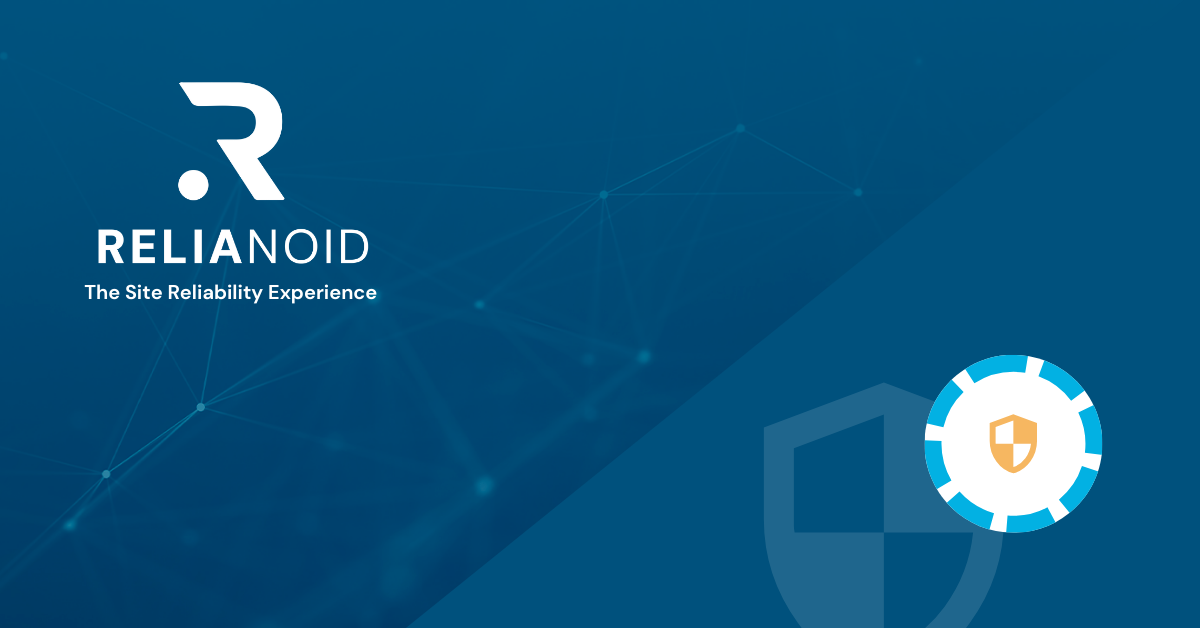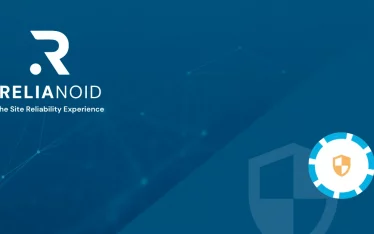Understanding SIEM: A Cornerstone of Cybersecurity
Security Information and Event Management (SIEM) is a critical technology in modern cybersecurity, enabling organizations to collect, analyze, and respond to security events in real time. By aggregating log data from various sources—including servers, firewalls, applications, and network devices—SIEM provides deep visibility into an organization’s security posture.
Key Components of SIEM
SIEM operates through several essential components. It begins with log collection, gathering security data from multiple sources to create a centralized repository. The raw log data is then normalized and categorized, converting it into a standardized format for effective analysis. Event correlation plays a crucial role by identifying patterns, anomalies, and potential security threats, linking related events across various systems. When suspicious activities or predefined thresholds are detected, SIEM generates real-time alerts, enabling rapid response. Additionally, compliance and reporting functions help automate regulatory reporting, ensuring that organizations meet security and legal requirements.
Implementing SIEM: Best Practices
Deploying an effective SIEM solution requires a strategic approach. Key steps include:
- Define Security Objectives: Establish clear goals, such as threat detection, incident response, and compliance monitoring.
- Integrate Log Sources: Ensure comprehensive coverage by including all critical IT assets.
- Fine-tune Correlation Rules: Reduce false positives by tailoring event correlation rules to organizational needs.
- Enable Threat Intelligence: Incorporate external threat intelligence feeds for proactive security insights.
- Monitor and Optimize: Continuously refine SIEM performance and adapt to evolving threats.
Why SIEM is Crucial for Businesses and Public Entities
For private enterprises, SIEM enhances threat detection, minimizes financial losses due to breaches, and ensures compliance with regulations such as GDPR and PCI DSS. Public institutions, handling vast amounts of sensitive citizen data, rely on SIEM to prevent cyberattacks, protect national security, and maintain public trust.
How RELIANOID Supports SIEM Implementation
At RELIANOID, we provide advanced solutions that integrate seamlessly with SIEM systems, helping organizations:
- Optimize log collection and event correlation for real-time threat detection.
- Enhance security analytics through AI-driven anomaly detection.
- Ensure seamless integration with existing IT infrastructure.
- Improve compliance reporting and regulatory adherence.
By leveraging RELIANOID’s expertise, businesses and public institutions can strengthen their cybersecurity posture and respond to threats with greater efficiency.
For more information on how RELIANOID can enhance your SIEM capabilities, contact us today.





